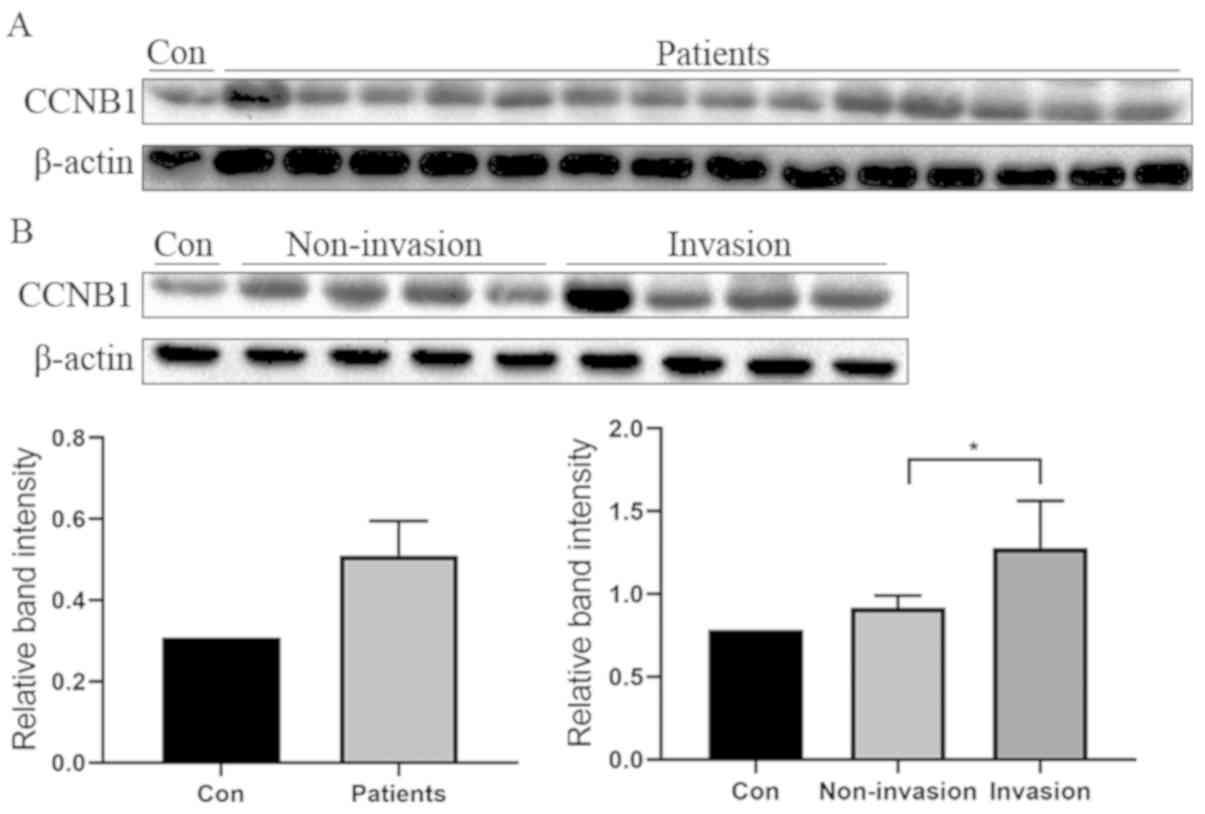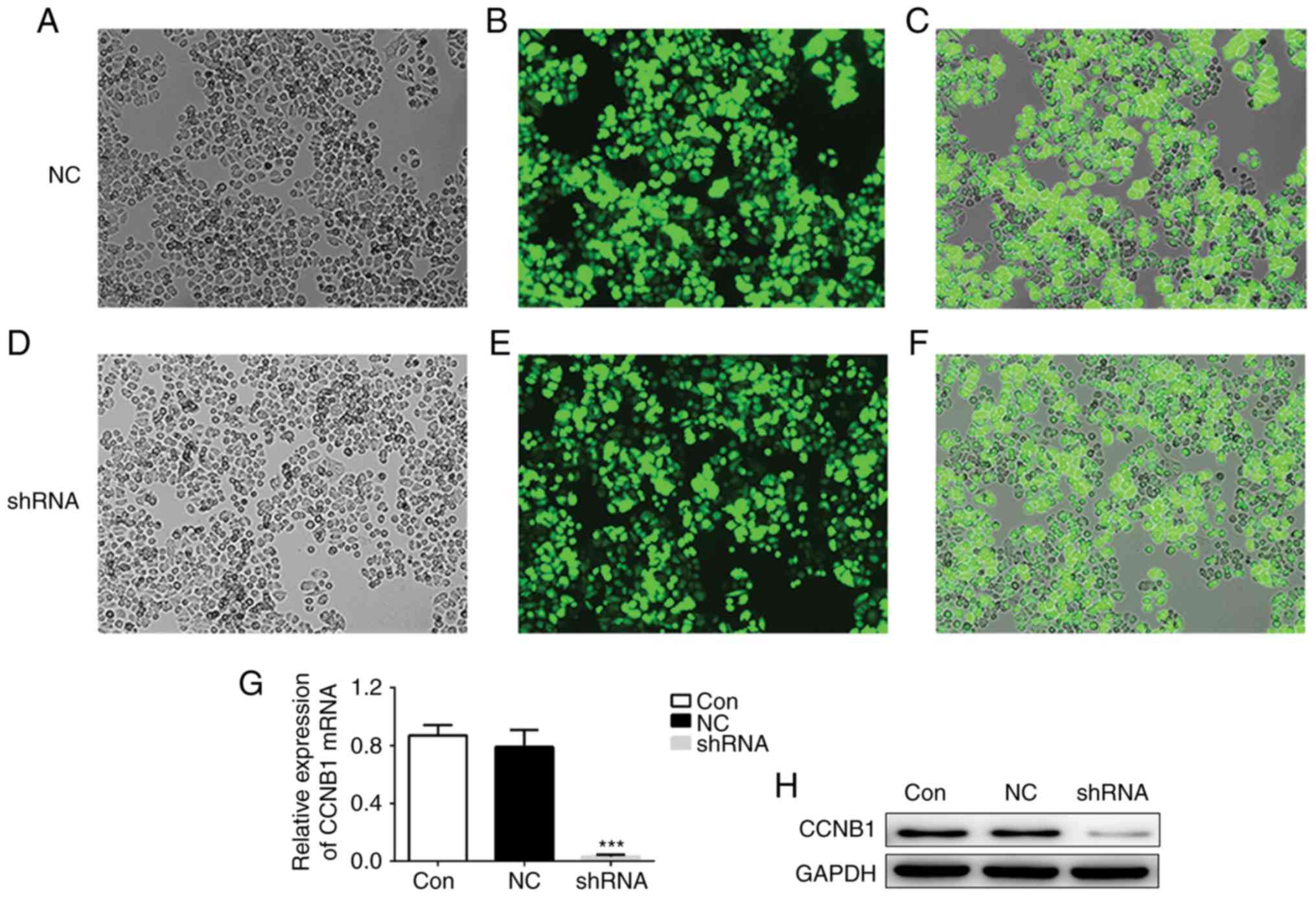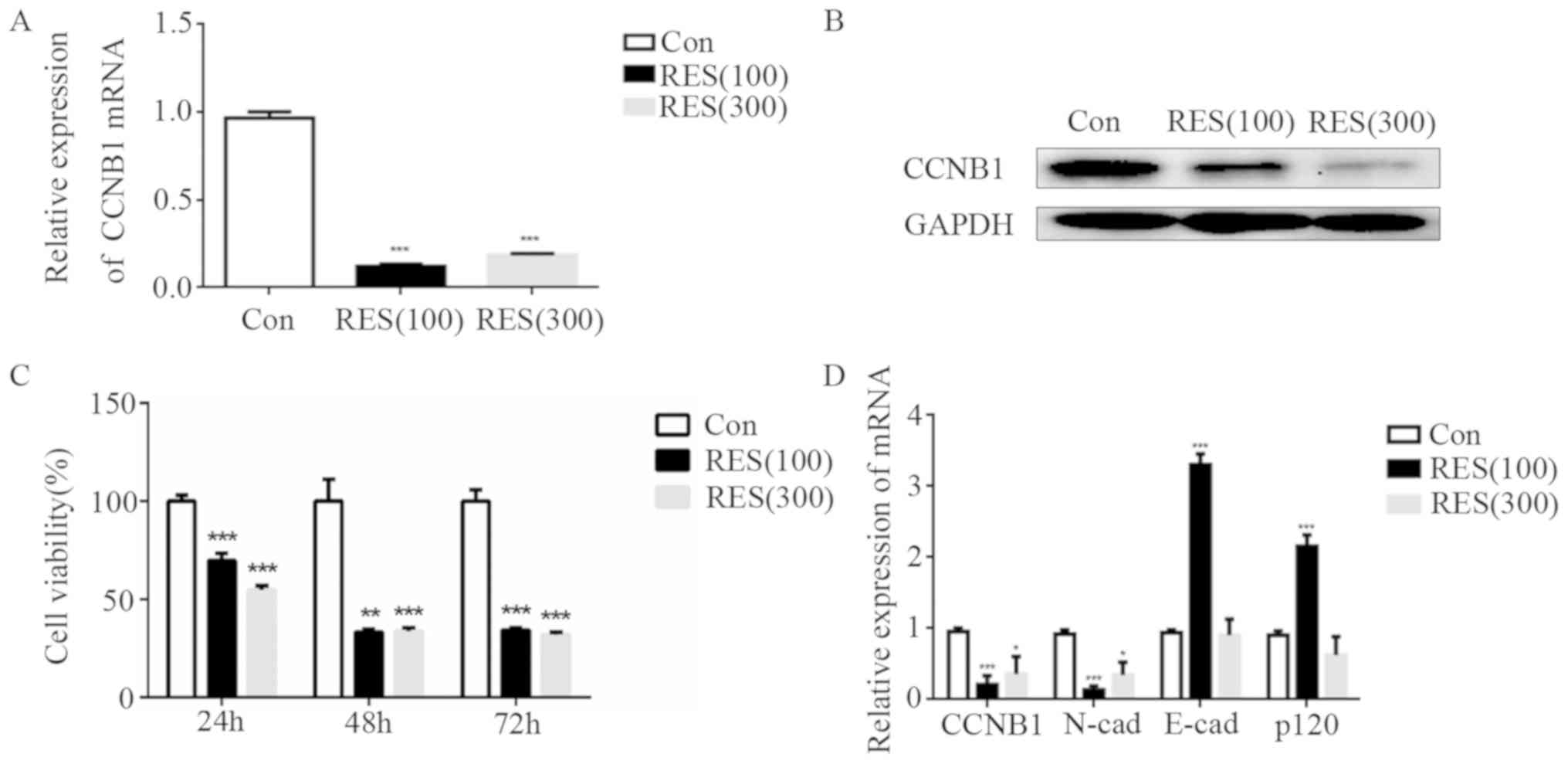|
1
|
McNeill KA: Epidemiology of brain tumors.
Neurol Clin. 34:981–998. 2016. View Article : Google Scholar : PubMed/NCBI
|
|
2
|
Scoazec JY, Couvelard A and Reseau T:
Classification of pancreatic neuroendocrine tumours: Changes made
in the 2017 WHO classification of tumours of endocrine organs and
perspectives for the future. Ann Pathol. 37:444–456. 2017.(In
French). View Article : Google Scholar : PubMed/NCBI
|
|
3
|
Raverot G, Burman P, McCormack A, Heaney
A, Petersenn S, Popovic V, Trouillas J and Dekkers OM; European
Society of Endocrinology, : European society of endocrinology
clinical practice guidelines for the management of aggressive
pituitary tumours and carcinomas. Eur J Endocrinol. 178:G1–G24.
2018. View Article : Google Scholar : PubMed/NCBI
|
|
4
|
Lenders N and McCormack A: Malignant
transformation in non-functioning pituitary adenomas (pituitary
carcinoma). Pituitary. 21:217–229. 2018. View Article : Google Scholar : PubMed/NCBI
|
|
5
|
Lopes MBS: The 2017 World Health
Organization classification of tumors of the pituitary gland: A
summary. Acta Neuropathol. 134:521–535. 2017. View Article : Google Scholar : PubMed/NCBI
|
|
6
|
Miyazaki T and Arai S: Two distinct
controls of mitotic cdk1/cyclin B1 activity requisite for cell
growth prior to cell division. Cell Cycle. 6:1419–1425. 2007.
View Article : Google Scholar : PubMed/NCBI
|
|
7
|
Takizawa CG and Morgan DO: Control of
mitosis by changes in the subcellular location of cyclin-B1-Cdk1
and Cdc25C. Curr Opin Cell Biol. 12:658–665. 2000. View Article : Google Scholar : PubMed/NCBI
|
|
8
|
Strauss B, Harrison A, Coelho PA, Yata K,
Zernicka-Goetz M and Pines J: Cyclin B1 is essential for mitosis in
mouse embryos, and its nuclear export sets the time for mitosis. J
Cell Biol. 217:179–193. 2018. View Article : Google Scholar : PubMed/NCBI
|
|
9
|
Mussnich P, Raverot G, Jaffrain-Rea ML,
Fraggetta F, Wierinckx A, Trouillas J, Fusco A and D'Angelo D:
Downregulation of miR-410 targeting the cyclin B1 gene plays a role
in pituitary gonadotroph tumors. Cell Cycle. 14:2590–2597. 2015.
View Article : Google Scholar : PubMed/NCBI
|
|
10
|
Pandey JP, Kistner-Griffin E, Namboodiri
AM, Iwasaki M, Kasuga Y, Hamada GS and Tsugane S: Higher levels of
antibodies to the tumour-associated antigen cyclin B1 in
cancer-free individuals than in patients with breast cancer. Clin
Exp Immunol. 178:75–78. 2014. View Article : Google Scholar : PubMed/NCBI
|
|
11
|
Nimeus-Malmström E, Koliadi A, Ahlin C,
Holmqvist M, Holmberg L, Amini RM, Jirström K, Wärnberg F,
Blomqvist C, Fernö M and Fjällskog ML: Cyclin B1 is a prognostic
proliferation marker with a high reproducibility in a
population-based lymph node negative breast cancer cohort. Int J
Cancer. 127:961–967. 2010.PubMed/NCBI
|
|
12
|
Kreis NN, Sanhaji M, Krämer A, Sommer K,
Rödel F, Strebhardt K and Yuan J: Restoration of the tumor
suppressor p53 by downregulating cyclin B1 in human papillomavirus
16/18-infected cancer cells. Oncogene. 29:5591–5603. 2010.
View Article : Google Scholar : PubMed/NCBI
|
|
13
|
Yoshida T, Tanaka S, Mogi A, Shitara Y and
Kuwano H: The clinical significance of Cyclin B1 and Wee1
expression in non-small-cell lung cancer. Ann Oncol. 15:252–256.
2004. View Article : Google Scholar : PubMed/NCBI
|
|
14
|
Nozoe T, Korenaga D, Kabashima A, Ohga T,
Saeki H and Sugimachi K: Significance of cyclin B1 expression as an
independent prognostic indicator of patients with squamous cell
carcinoma of the esophagus. Clin Cancer Res. 8:817–822.
2002.PubMed/NCBI
|
|
15
|
Kedinger V, Meulle A, Zounib O, Bonnet ME,
Gossart JB, Benoit E, Messmer M, Shankaranarayanan P, Behr JP,
Erbacher P, et al: Sticky siRNAs targeting survivin and cyclin B1
exert an antitumoral effect on melanoma subcutaneous xenografts and
lung metastases. BMC Cancer. 13:3382013. View Article : Google Scholar : PubMed/NCBI
|
|
16
|
Zhao P, Hu W, Wang H, Yu S, Li C, Bai J,
Gui S and Zhang Y: Identification of differentially expressed genes
in pituitary adenomas by integrating analysis of microarray data.
Int J Endocrinol. 2015:1640872015. View Article : Google Scholar : PubMed/NCBI
|
|
17
|
Zhao P, Zhang PF, Hu W, Wang H, Yu G, Wang
Z, Li C, Bai J and Zhang Y: Upregulation of cyclin B1 plays
potential roles in the invasiveness of pituitary adenomas. J Clin
Neurosci. 43:267–273. 2017. View Article : Google Scholar : PubMed/NCBI
|
|
18
|
Vu T and Datta PK: Regulation of EMT in
colorectal cancer: A culprit in metastasis. Cancers (Basel).
9:E1712017. View Article : Google Scholar : PubMed/NCBI
|
|
19
|
Wang JW, Zhang Z, Li R, Mao F, Sun W, Chen
J, Zhang H, Bartsch JW, Shu K and Lei T: ADAM12 induces EMT and
promotes cell migration, invasion and proliferation in pituitary
adenomas via EGFR/ERK signaling pathway. Biomed Pharmacother.
97:1066–1077. 2018. View Article : Google Scholar : PubMed/NCBI
|
|
20
|
Forte E, Chimenti I, Rosa P, Angelini F,
Pagano F, Calogero A, Giacomello A and Messina E: EMT/MET at the
crossroad of stemness, regeneration and oncogenesis: The Ying-Yang
equilibrium recapitulated in cell spheroids. Cancers. 9:E982017.
View Article : Google Scholar : PubMed/NCBI
|
|
21
|
Song Y, Zhao C, Dong L, Fu M, Xue L, Huang
Z, Tong T, Zhou Z, Chen A, Yang Z, et al: Overexpression of cyclin
B1 in human esophageal squamous cell carcinoma cells induces tumor
cell invasive growth and metastasis. Carcinogenesis. 29:307–315.
2008. View Article : Google Scholar : PubMed/NCBI
|
|
22
|
Singh SK, Banerjee S, Acosta EP, Lillard
JW and Singh R: Resveratrol induces cell cycle arrest and apoptosis
with docetaxel in prostate cancer cells via a p53/p21 (WAF1/CIP1)
and p27(KIP1) pathway. Oncotarget. 8:17216–17228. 2017. View Article : Google Scholar : PubMed/NCBI
|
|
23
|
Medina-Aguilar R, Marchat LA, Arechaga
Ocampo E, Gariglio P, García Mena J, Villegas Sepúlveda N, Martínez
Castillo M and López-Camarillo C: Resveratrol inhibits cell cycle
progression by targeting Aurora kinase A and Polo-like kinase 1 in
breast cancer cells. Oncol Rep. 35:3696–3704. 2016. View Article : Google Scholar : PubMed/NCBI
|
|
24
|
de Freitas Silva M, Coelho LF, Guirelli
IM, Pereira RM, Ferreira-Silva GÁ, Graravelli GY, Horvath RO,
Caixeta ES, Ionta M and Viegas C: Synthetic resveratrol-curcumin
hybrid derivative inhibits mitosis progression in estrogen positive
MCF-7 breast cancer cells. Toxicol In Vitro. 50:75–85. 2018.
View Article : Google Scholar : PubMed/NCBI
|
|
25
|
Wang G, Guo X, Chen H, Lin T, Xu Y, Chen
Q, Liu J, Zeng J, Zhang XK and Yao X: A resveratrol analog,
phoyunbene B, induces G2/M cell cycle arrest and apoptosis in HepG2
liver cancer cells. Bioorg Med Chem Lett. 22:2114–2118. 2012.
View Article : Google Scholar : PubMed/NCBI
|
|
26
|
Hardy J and Vezina JL: Transsphenoidal
neurosurgery of intracranial neoplasm. Adv Neurol. 15:261–273.
1976.PubMed/NCBI
|
|
27
|
Wilson CB: A decade of pituitary
microsurgery. The Herbert Olivecrona lecture. J Neurosurg.
61:814–833. 1984. View Article : Google Scholar : PubMed/NCBI
|
|
28
|
Knosp E, Steiner E, Kitz K and Matula C:
Pituitary adenomas with invasion of the cavernous sinus space: A
magnetic resonance imaging classification compared with surgical
findings. Neurosurgery. 33:610–618. 1993. View Article : Google Scholar : PubMed/NCBI
|
|
29
|
Livak KJ and Schmittgen TD: Analysis of
relative gene expression data using real-time quantitative PCR and
the 2(-Delta Delta C(T)) method. Methods. 25:402–408. 2001.
View Article : Google Scholar : PubMed/NCBI
|
|
30
|
Joe AK, Liu H, Suzui M, Vural ME, Xiao D
and Weinstein IB: Resveratrol induces growth inhibition, S-phase
arrest, apoptosis, and changes in biomarker expression in several
human cancer cell lines. Clin Cancer Res. 8:893–903.
2002.PubMed/NCBI
|
|
31
|
Zhou SL, Yue WB, Fan ZM, Du F, Liu BC, Li
B, Han XN, Ku JW, Zhao XK, Zhang P, et al: Autoantibody detection
to tumor-associated antigens of P53, IMP1, P16, cyclin B1, P62,
C-myc, Survivn and Koc for the screening of high-risk subjects and
early detection of esophageal squamous cell carcinoma. Dis
Esophagus. 27:790–797. 2014. View Article : Google Scholar : PubMed/NCBI
|
|
32
|
Fang Y, Liang X, Jiang W, Li J, Xu J and
Cai X: Cyclin B1 suppresses colorectal cancer invasion and
metastasis by regulating E-cadherin. PLoS One. 10:e01268752015.
View Article : Google Scholar : PubMed/NCBI
|
|
33
|
Lee JH, Lee HJ, Sim DY, Jung JH, Kim KR
and Kim SH: Apoptotic effect of lambertianic acid through
AMPK/FOXM1 signaling in MDA-MB231 breast cancer cells. Phytother
Res. 32:1755–1763. 2018. View
Article : Google Scholar : PubMed/NCBI
|
|
34
|
Li L, Yang Y, Wu M, Yu Z, Wang C, Dou G,
He H, Wang H, Yang N, Qi H and Xu X: β-asarone induces apoptosis
and cell cycle arrest of human glioma U251 cells via suppression of
HnRNP A2/B1-mediated pathway in vitro and in vivo. Molecules.
23:E10722018. View Article : Google Scholar : PubMed/NCBI
|
|
35
|
Lu M, Breyssens H, Salter V, Zhong S, Hu
Y, Baer C, Ratnayaka I, Sullivan A, Brown NR, Endicott J, et al:
Restoring p53 function in human melanoma cells by inhibiting MDM2
and Cyclin B1/CDK1-phosphorylated nuclear iASPP. Cancer Cell.
30:822–823. 2016. View Article : Google Scholar : PubMed/NCBI
|
|
36
|
Lamouille S, Xu J and Derynck R: Molecular
mechanisms of epithelial-mesenchymal transition. Nat Rev Mol Cell
Bio. 15:178–196. 2014. View Article : Google Scholar
|
|
37
|
Gonzalez DM and Medici D: Signaling
mechanisms of the epithelial-mesenchymal transition. Sci Signal.
7:re82014. View Article : Google Scholar : PubMed/NCBI
|
|
38
|
Bendris N, Cheung CT, Leong HS, Lewis JD,
Chambers AF, Blanchard JM and Lemmers B: Cyclin A2, a novel
regulator of EMT. Cell Mol Life Sci. 71:4881–4894. 2014. View Article : Google Scholar : PubMed/NCBI
|
|
39
|
Arsic N, Bendris N, Peter M, Begon-Pescia
C, Rebouissou C, Gadéa G, Bouquier N, Bibeau F, Lemmers B and
Blanchard JM: A novel function for Cyclin A2: Control of cell
invasion via RhoA signaling. J Cell Biol. 196:147–162. 2012.
View Article : Google Scholar : PubMed/NCBI
|
|
40
|
Rastogi I, Rajanna S, Webb A, Chhabra G,
Foster B, Webb B and Puri N: Mechanism of c-Met and EGFR tyrosine
kinase inhibitor resistance through epithelial mesenchymal
transition in non-small cell lung cancer. Biochem Bioph Res Commun.
477:937–944. 2016. View Article : Google Scholar
|
|
41
|
Kourtidis A, Ngok SP and Anastasiadis PZ:
p120 Catenin: An essential regulator of cadherin stability,
adhesion-induced signaling, and cancer progression. Prog Mol Biol
Transl Sci. 116:409–432. 2013. View Article : Google Scholar : PubMed/NCBI
|
|
42
|
Jia W, Zhu JK, Martin TA, Jiang AH,
Sanders AJ and Jiang WG: Epithelial-mesenchymal Transition (EMT)
markers in human pituitary adenomas indicate a clinical course.
Anticancer Res. 35:2635–2643. 2015.PubMed/NCBI
|
|
43
|
Wang C, Hu ZQ, Chu M, Wang Z, Zhang WG,
Wang LZ, Li CG and Wang JS: Resveratrol inhibited GH3 cell growth
and decreased prolactin level via estrogen receptors. Clin Neurol
Neurosur. 114:241–248. 2012. View Article : Google Scholar
|
|
44
|
Xue YQ, Di JM, Luo Y, Cheng KJ, Wei X and
Shi Z: Resveratrol oligomers for the prevention and treatment of
cancers. Oxid Med Cell Longev. 2014:7658322014. View Article : Google Scholar : PubMed/NCBI
|
|
45
|
Yousef M, Vlachogiannis IA and Tsiani E:
Effects of resveratrol against lung cancer: In vitro and in vivo
studies. Nutrients. 9(pii): E12312017. View Article : Google Scholar : PubMed/NCBI
|
|
46
|
Nana AW, Chin YT, Lin CY, Ho Y, Bennett
JA, Shih YJ, Chen YR, Changou CA, Pedersen JZ, Incerpi S, et al:
Tetrac downregulates-catenin and HMGA2 to promote the effect of
resveratrol in colon cancer. Endocr Relat Cancer. 25:279–293. 2018.
View Article : Google Scholar : PubMed/NCBI
|

















